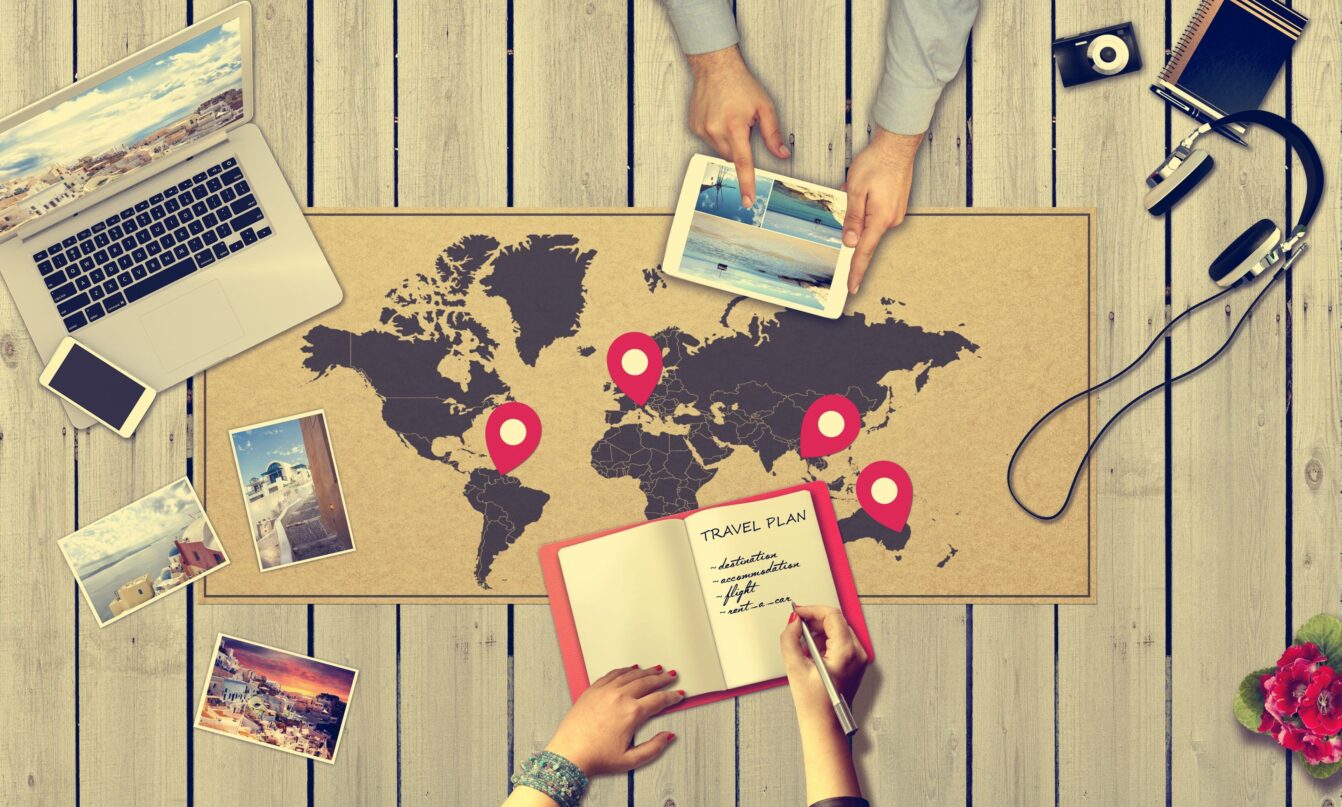How Travel Has Changed From The Pandemic

by Ella Casey ‘21
Quarantining for over a year during the coronavirus pandemic has brought untold changes to modern society, among which was a devastating drop in the travelling. Nations largely dependent on tourism for their economy had to adapt to this lack and build up their economics under new industries. The general population, too, adapted in finding new ways to vacation safely like finding hidden gems within their own areas or camping instead of going to hotels and resorts.
Because of these adaptations, a post-covid world may see a continuation of these changes–that isn’t to say there won’t be a large influx of traditional travel and tourism, but perhaps less so than before.
One of the biggest reasons for this continuation would be cost: flights and hotels/rentals get extremely expensive. Because of this, it is likely that there will be a continued tendency for people to travel shorter distances and/or by car, or even bike, to find places within their home country/region which they never thought–or heard–of travelling to before.
Talk about the importance of conservative travelling was floating about long before Covid-19 struck, but the data following a year with a lack of flight travel really showed just how damaging large-scale travel has been. According to a graph from CarbonMonitor.org, aviation emissions dropped about 78 percent in the first couple months of the pandemic from the previous year, then throughout the year leveled at about half average emissions compared to 2019. Even before the pandemic, climate scientists advocated for a decrease in air travel, but the statistics only strengthen the claim that doing so would significantly help the carbon-footprint issue. On the other hand, people have been saying for years that travelling more sustainably is necessary, yet it hasn’t stopped most of the population.
Another large factor in changing the travel industry is how many places economically reliant on tourism pre-pandemic have adapted their economies over the past year–and may not want to shift back. For some people, tourism had become an annoyance and burden on their home. “Tourism had become extractive and hurtful, with tourists coming here and taking, taking, taking, without any reciprocation with locals,” told Lindsey Ozawa, a farmer and chef from Oahu, Hawaii, to the New York Times.
Because of these harmful relationships between visitor and location, many destinations have taken the past year to revamp their tourism industry and to expand their economic industries beyond sole reliance on tourism.
Despite all these changes, much of the population is no doubt eager to travel as soon as possible. As for the looming Spring Break 2021, travel seems unlikely; vaccines have rolled out but most international travel locations remain locked down. Not to mention, the recent outbreak of yet another Covid-19 variation throughout Europe. Looking towards the summer, things may not look too different in most places to how they do currently–even those vaccinated can carry the virus, and so quarantining following long-distance travel will likely still be enforced come June/July, just as vaccinated individuals are still under obligation to wear masks in public.